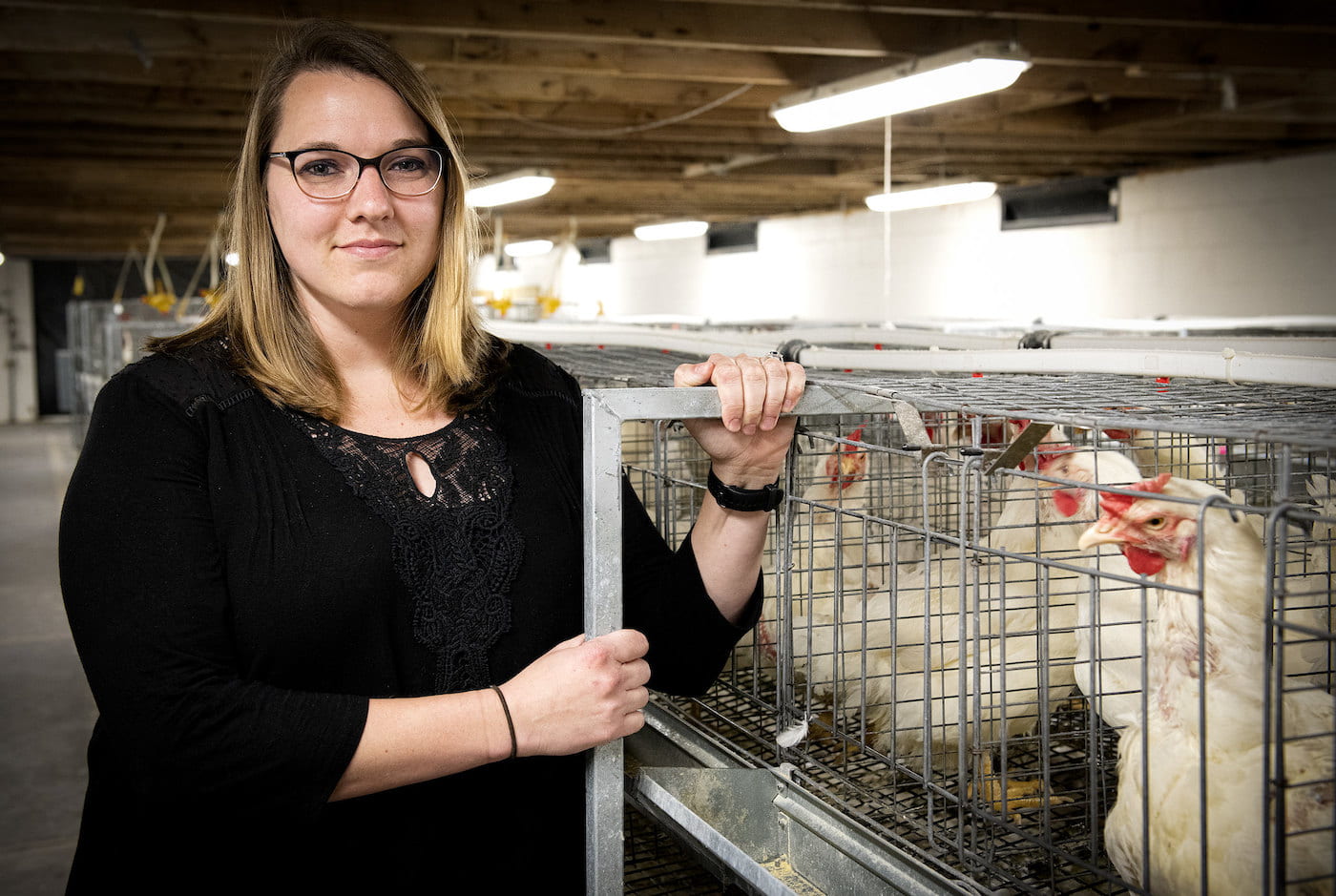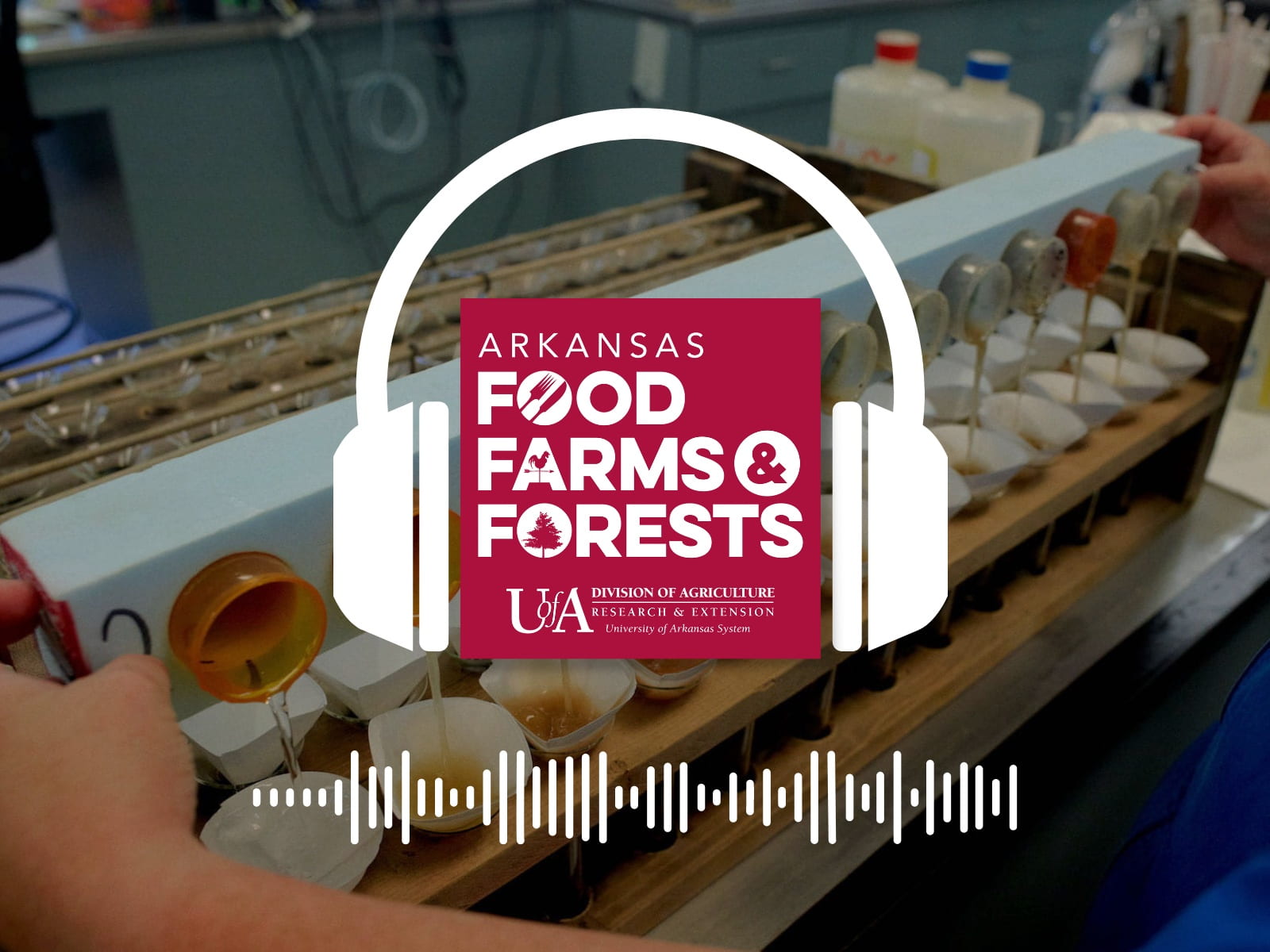International Avian Influenza and One Health Emerging Issues Summit Set for Fall 2024
Free, in-person and online event addresses bird flu research
By John Lovett – May 8, 2024

FAYETTEVILLE, Ark. — As highly pathogenic avian influenza viruses adapt to infect a broad range of species, including one recent human case, the Center of Excellence for Poultry Science has expanded the outlook for its second annual international conference.
The International Avian Influenza and One Health Emerging Issues Summit will be held in person and online, Sept. 30-Oct. 3, at the Don Tyson Center for Agricultural Sciences, 1371 W. Altheimer Dr., in Fayetteville.
“Avian influenza has adapted to mammalian species, and it is now endemic in the United States,” said Guillermo Tellez-Isaias, poultry science research professor for the Arkansas Agricultural Experiment Station, the research arm of the University of Arkansas System Division of Agriculture. “Now we see that migratory birds that were not susceptible in the past are dying, and wild birds are spreading the virus worldwide.”
Tellez-Isaias is one of 14 organizers for the summit, hosted by the Division of Agriculture and the University of Arkansas Dale Bumpers College of Agricultural, Food and Life Sciences. Last year, 23 speakers made presentations over two days, and 1,842 people registered from 81 countries. This year, the summit remains free and will have 46 speakers over four days.
“The One Health concept recognizes that everything that affects humans will impact animals and the environment,” Tellez-Isaias said. “We are all connected in this world.”
Expanded Outlook
Knowing the virus could mutate, organizers of the summit had already expanded the outlook to include other species and emerging diseases prior to the March 25 outbreak of H5N1 highly pathogenic avian influenza, or HPAI, in dairy cows.
On April 1, the Centers for Disease Control and Prevention announced it confirmed one human HPAI infection after exposure to dairy cattle in Texas. The CDC has also reported H5N1 in domestic cats in Kansas and Texas, which “reflects the continued spread of clade 2.3.4.4b viruses that entered the country in late 2021.”
The CDC’s risk assessment for the public remains “low.” However, like the virus that is thought to have originated in a Kansas army camp near the end of World War I and became known as the “Spanish flu,” HPAI viruses mutate and have the potential to inflict massive casualties.
Tellez-Isaias said H5N1 “hijacks the immune system and creates a tremendous inflammatory response like an anaphylactic shock” in its victims.
“That’s why you don’t see any clinical signs,” Tellez-Isaias said. “No respiratory, sneezy coughing, no lesions. Nothing. You can leave a poultry house, and everything seems fine, but when you come back in the morning, you have up to 100 percent mortality.”
Since January 2022, multiple HPAI viruses have infected millions of wild birds, commercial poultry flocks and more than two dozen species of terrestrial and marine mammals worldwide. This bird flu has also spread across Africa, Asia, the Americas, Australia, Europe and Antarctica.
Emerging Issues
Salmonella Infantis, Salmonella Gallinarum, Inclusion Body Hepatitis, and Histomonas meleagridis, a protozoal parasite that causes histomonosis, will also be addressed by speakers as emerging issues in food production.
Histomonosis, also known as blackhead disease, is lethal in turkeys 12 to 14 weeks old. It was controlled by arsenic-based drugs in poultry feed from the 1940s to 2013, when the U.S. Food and Drug Administration withdrew approval for three common formulas. The FDA removed another chemical formula from the market in 2015. There are currently no vaccinations to control histomonosis.
Event Registration
To register for the summit, online or in-person, please click on “Registration” at the top of the event page. The capacity for in-person attendees is 150 people.
To learn more about Division of Agriculture research, visit the Arkansas Agricultural Experiment Station website: https://aaes.uada.edu. Follow us on 𝕏 at @ArkAgResearch and Instagram at @ArkAgResearch.
To learn about Extension Programs in Arkansas, contact your local Cooperative Extension Service agent or visit https://uaex.uada.edu/. Follow us on 𝕏 at @AR_Extension.
To learn more about the Division of Agriculture, visit https://uada.edu/. Follow us on 𝕏 at @AgInArk.
About the Division of Agriculture
The University of Arkansas System Division of Agriculture’s mission is to strengthen agriculture, communities, and families by connecting trusted research to the adoption of best practices. Through the Agricultural Experiment Station and the Cooperative Extension Service, the Division of Agriculture conducts research and extension work within the nation’s historic land grant education system.
The Division of Agriculture is one of 20 entities within the University of Arkansas System. It has offices in all 75 counties in Arkansas and faculty on five system campuses.
The University of Arkansas System Division of Agriculture offers all its Extension and Research programs and services without regard to race, color, sex, gender identity, sexual orientation, national origin, religion, age, disability, marital or veteran status, genetic information, or any other legally protected status, and is an Affirmative Action/Equal Opportunity Employer.




